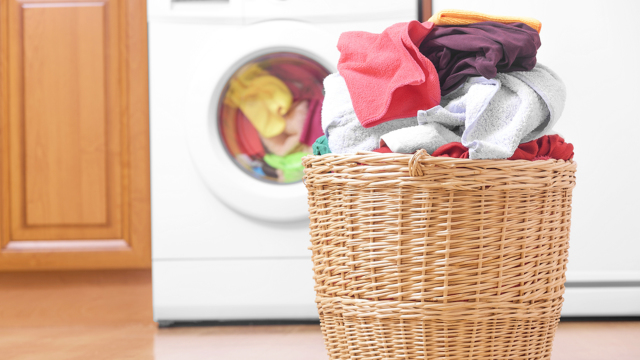Laundry refers to the washing of clothing and other textiles. Laundry has been part of history since humans began to wear clothes. Laundry work has traditionally been highly gendered, with the responsibility in most cultures falling to women (formerly known as laundresses or washerwomen). The Industrial Revolution gradually led to mechanized solutions to laundry work, notably the washing machine and later the tumble dryer. Laundry, like cooking and child care, is still done both at home and by commercial establishments outside the home.
Laundry was first done in watercourses, letting the water carry away the materials which could cause stains and smells. Laundry is still done this way in the rural regions of poor countries. Agitation helps remove the dirt, so the laundry was rubbed, twisted, or slapped against flat rocks. One name for this surface is a beetling-stone, related to beetling, a technique in the production of linen; one name for a wooden substitute is a battling-block. The dirt was beaten out with a wooden implement known as a washing paddle, battling stick, bat, beetle or club. Wooden or stone scrubbing surfaces set up near a water supply were gradually replaced by portable rub boards, eventually factory-made corrugated glass or metal washboards.
Once clean, the clothes were rinsed and then wrung out — twisted to remove most of the water. Then they were hung up on poles or clothes lines to air dry, or sometimes just spread out on clean grass, bushes, or trees. Finally, they were ironed.
Before the advent of the washing machine, laundry was often done in a communal setting. Villages across Europe that could afford it built a wash-house, sometimes known by the French name of lavoir. Water was channelled from a stream or spring and fed into a building, possibly just a roof with no walls. This wash-house usually contained two basins – one for washing and the other for rinsing – through which the water was constantly flowing.

